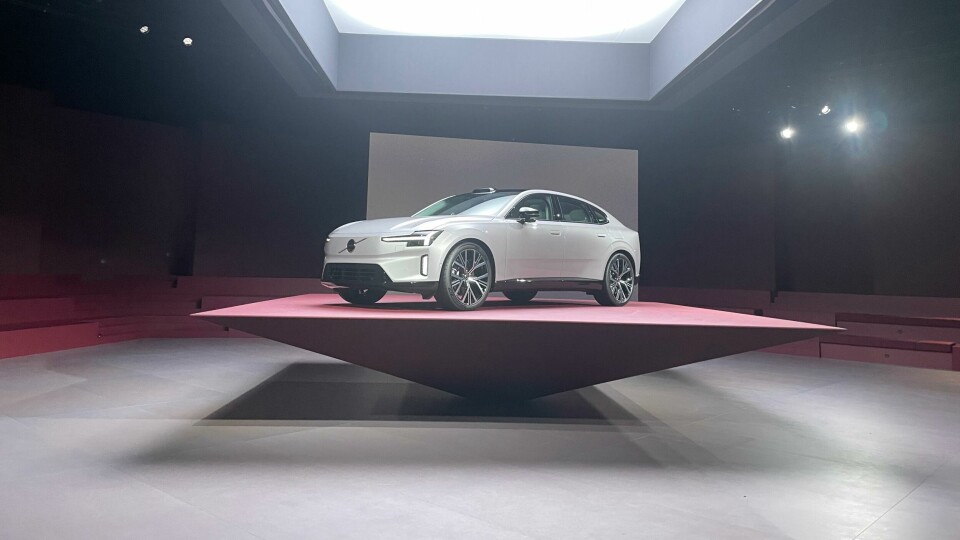
First Sight: Volvo’s Jeremy Offer on the ES90 and beyond
From 1980s Coupé inspiration to 2025 tech challenges and future opportunities, Volvo’s head of global design Jeremy Offer gets candid
Deep within the Stockholm archipelago last week, the Volvo ES90 435-mile range fastback EV gained its global reveal. Setting the launch inside the Artipelag modern art museum alongside a cascade of contemporary sculpture plus a late Coupé-badged version of the angular Marc Deschamps-designed, Bertone-built 1985 Volvo 780 was a brave move. But unlike some other unveils – where the suggested spiritual forebear upstages the new model – in this instance the new ES90 more than held its own.
Indeed, presented on a striking upended pyramid plinth while electronica band Little Dragon entertained the assembled global media – including a truly banging version of SBTRKT’s Wildfire on which the group’s Swedish/Japanese lead singer guests – the ES90 world premier felt like a well-curated cultural moment, not just another humdrum car launch. At the evening launch, Volvo’s Shanghai studio head of design Sophie Jingyao Li – profiled in Car Design Review 9 –was the excellent mistress of ceremonies and afterwards journalists and influencers alike were allowed to investigate the ES90 more closely, sit inside, twiddle switches, adjust seats and stereo and generally open and shut all movable panels.
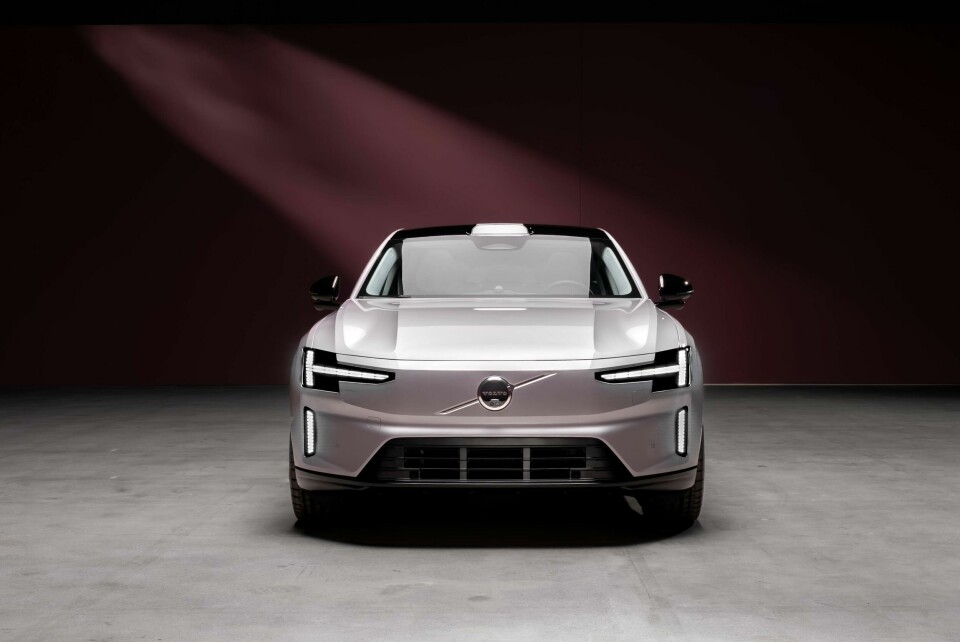
On that undriven basis – that test comes later in 2025 when the car goes on sale from £69,650 – first impressions of the five-metre fastback were good. The car hides its length well, with a (mainly) sleek silhouette, bar a taxi light-style protruding LiDAR at the top of the windscreen – which is hard to unsee once spied – but also I suspect, just as easy to get used to as a customer, when you realise its important safety function, rather than pointless styling frippery.
Either way, the circa 1.5-metre-high car manages to maintain a svelte appearance – and a very decent 0.25 Cd drag co-efficient figure –with a roofline that slopes down towards its rear hatch. The ES90 also sports well-executed exterior visual details following current Volvo electric design cues. Step up the sideways capital T-shaped ‘Thor hammer’ front lights, ‘closed mouth’ front face and simple but elegant body surfacing and lines uninterrupted by flush door handles.
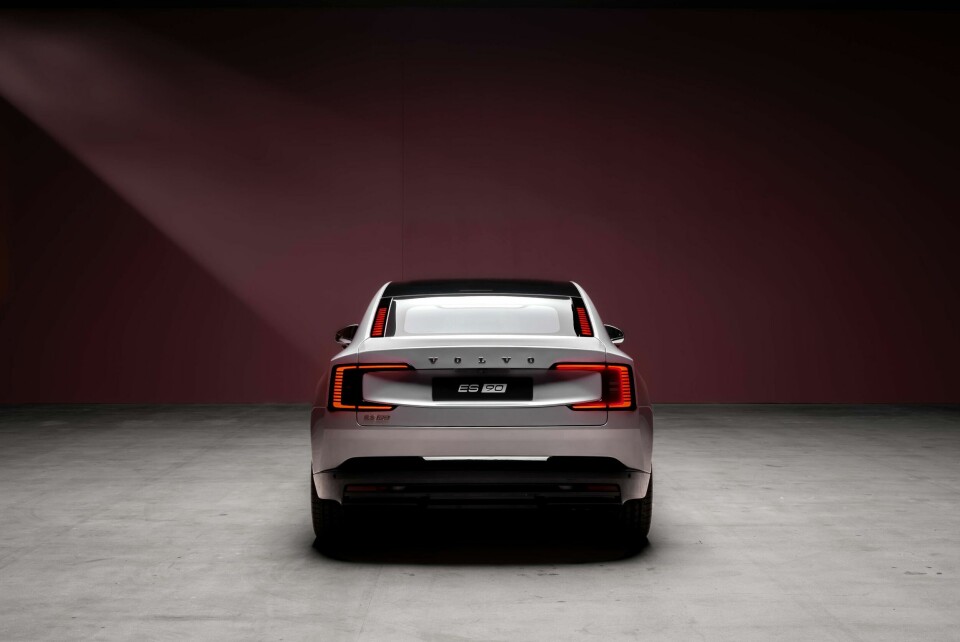
As is often the case with bespoke platform EVs, the long 3.1-metre wheelbase allows for a very spacious cabin with excellent knee and head room in the individually reclinable rear seats. The ES90’s interior aesthetic is close to its bigger brother EX90 SUV built on the same SPA2 architecture, but there are some key differences. These include a lower and more open centre console area and door armrests which house ‘pull-up-style’ opening handles at their front ends, as also featured on sister brand Polestar’s 3 and 4 models.
The whole ensemble – launched in a colour palette of beiges and greys, with wool, leather and light wood options – is distinctly Scandinavian and calming, assisted by a great Bowers & Wilkins stereo and one-piece optional electrochromic panoramic roof, which can be turned opaque for privacy or to reduce glare or left clear to allow natural light in. The boot is also an accessible space from the fastback’s large and wide hatch, with 424 litres available ‘seats up’, 733 litres with rear seats flattened, plus a 22-litre ‘frunk’ upfront for charge cables.
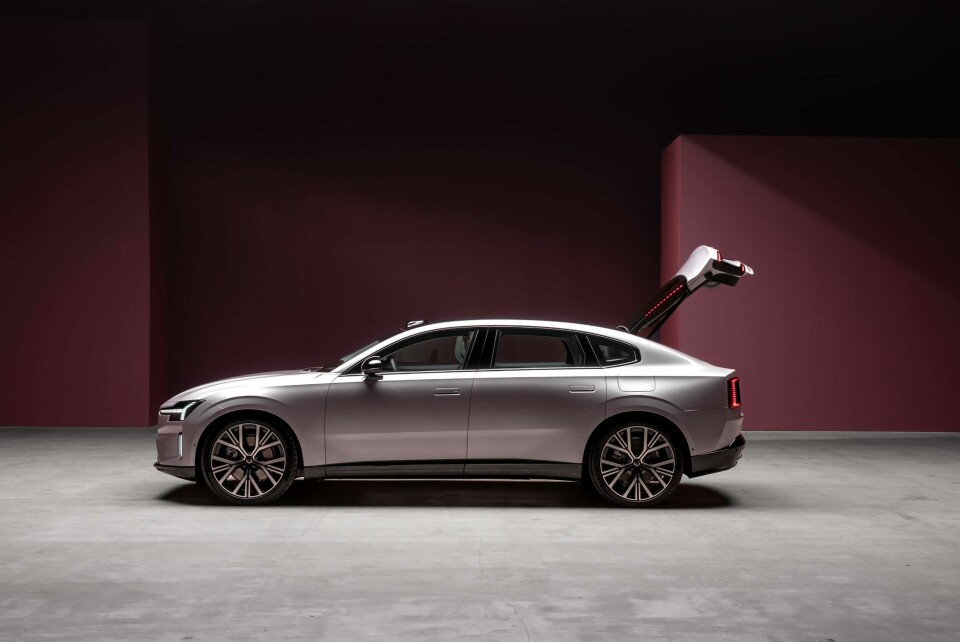
During all the loud launch razzamatazz, Car Design News stole a quick half an hour with global head of design Jeremy Offer in a quiet meeting room upstairs, to discuss the ES90’s influence from the 780 Coupé, its tech-packaging challenges and also exciting future brand opportunities…
We’ve approached this from a very user-centred perspective
Car Design News: Why did you choose to display the 780 Coupé with the ES90?
Jeremy Offer: Because we used it for some inspiration around the front face and proportions. There are sketches which really show that link. It may be difficult to picture, but when you see the proportions of the Coupé, particularly the front aspect and its stance, it has some resonance with the ES90. Because the new car is higher, we’ve really pushed its [20-22-inch] wheels out into the corners to help balance its stance. The ES90 is five metres long and about 1.5m high. You can see the genesis of the new car’s C-shaped tail-lights in the old car as well.
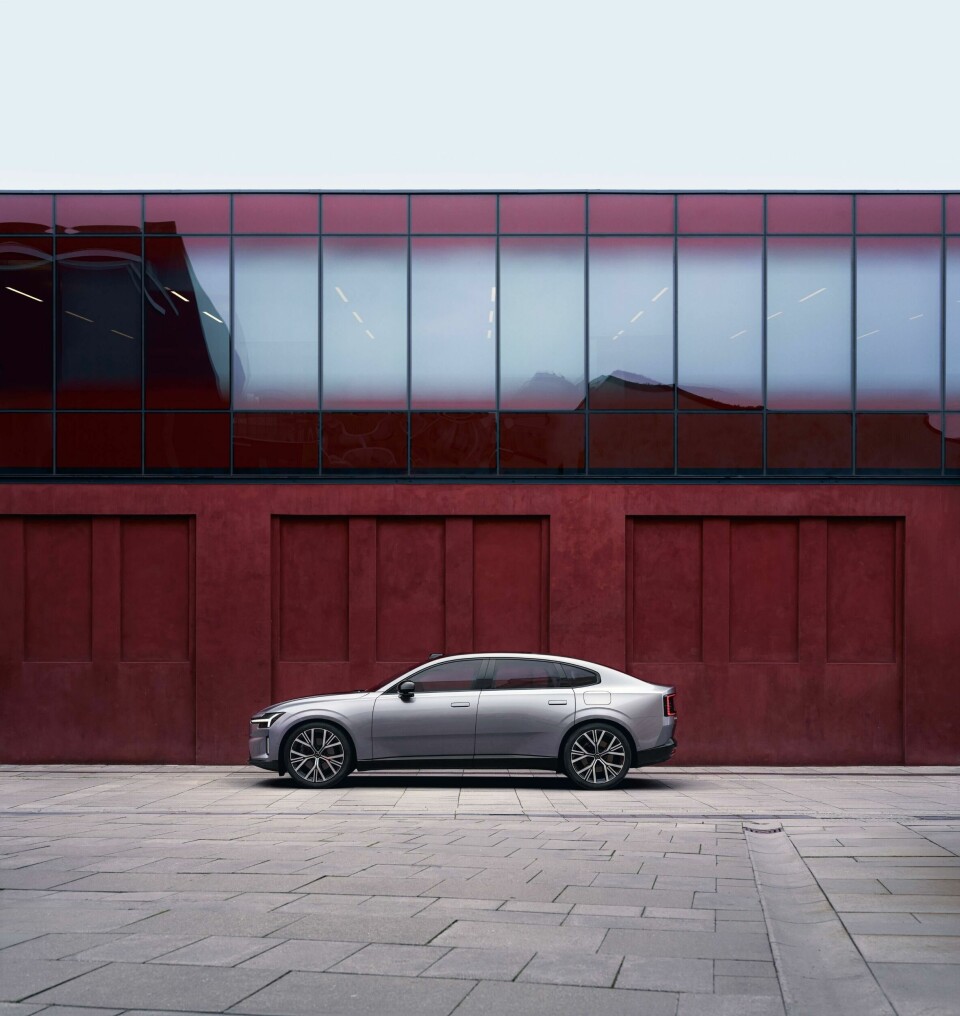
CDN: What design opportunities do you see in new EV platforms?
JO: First of all, electric premium proportions differ from ICE premium proportions, so that’s something I’m keen to embrace. I want to respect the heritage we have in the automotive industry and particularly with Volvo, but to take that language into this next paradigm. For me, it isn’t a case of, ‘Right, well even though it’s an EV, I still want to have a giant bonnet and compromise the interior space’. Because we’re a human-centred, user-focused organisation and the design department absolutely thinks that way, we don’t start with a sketch. We start by understanding the user requirements.
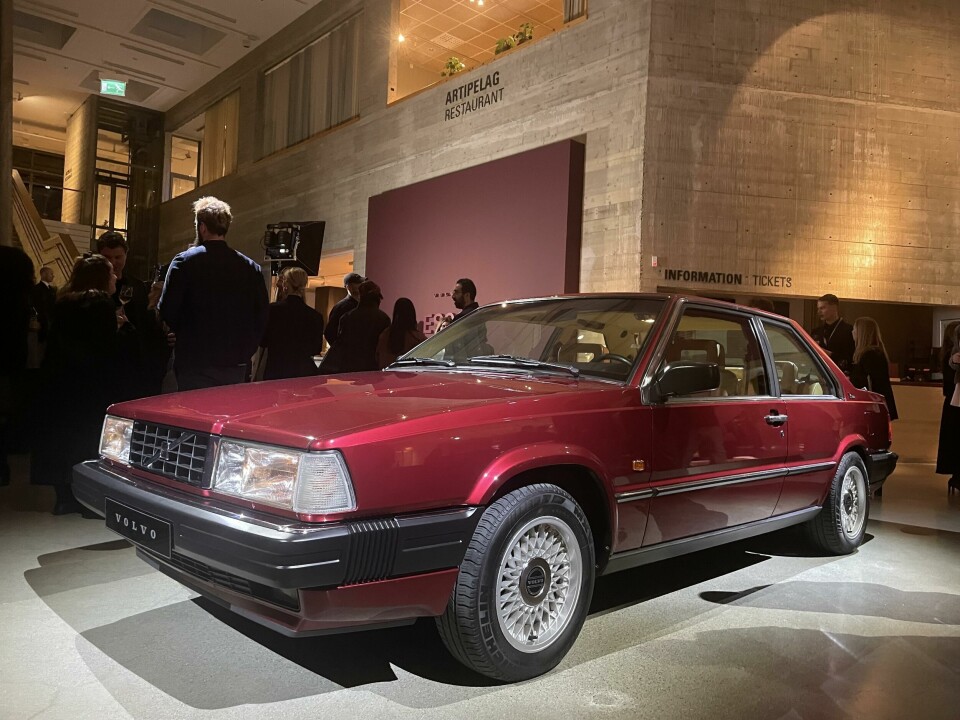
CDN: What are some of the challenges around new-tech integration?
JO: As well as those premium proportions, having a fully flat floor really helps and being able to create visual metaphors for things like safety, and not just physical passive safety, but also the more active safety elements. The sensor suite we’ve got in this car is mind-blowing [one LiDAR, five radars, seven cameras and 12 ultrasonic sensors].
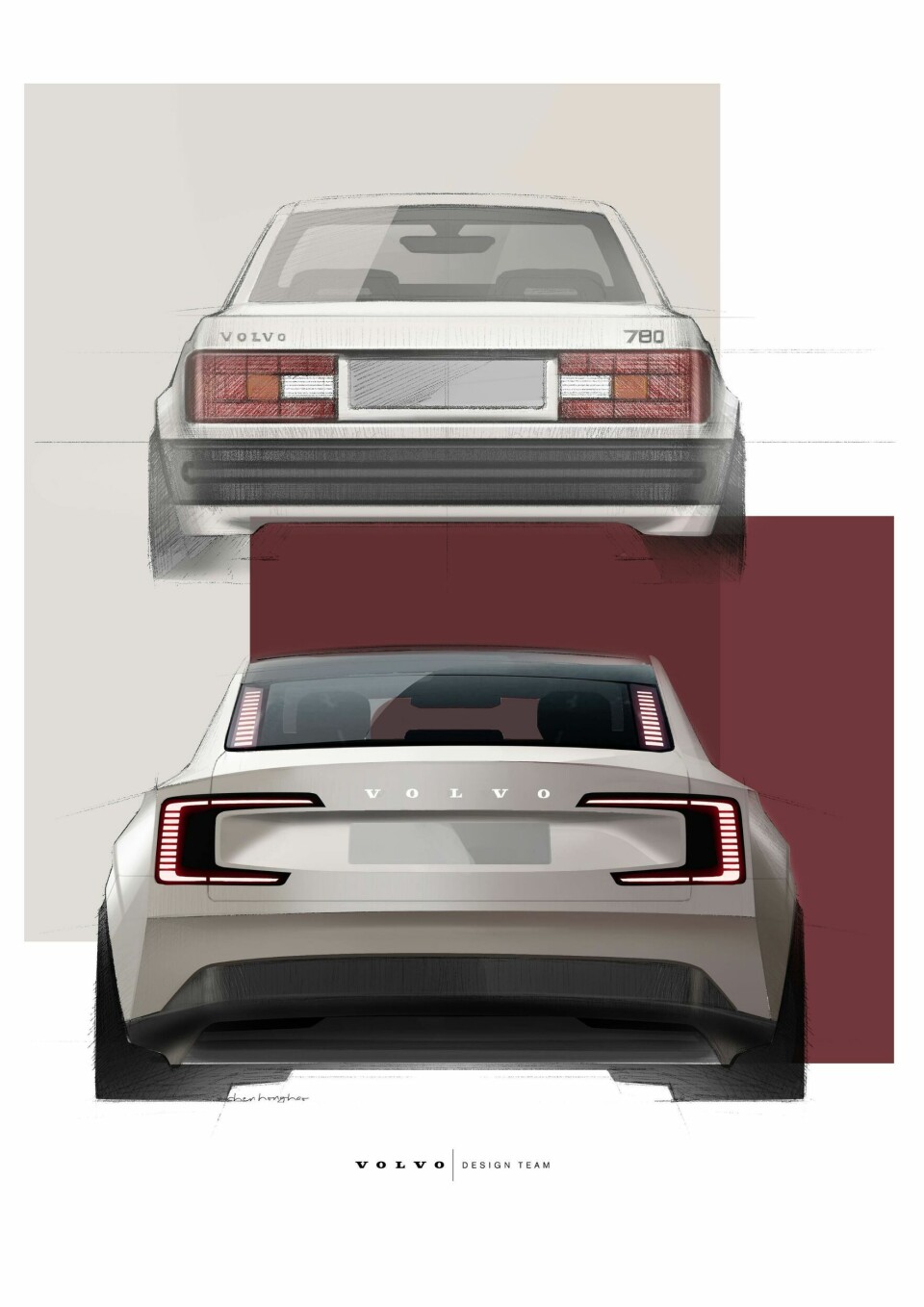
That creates difficulties as well, when we integrate things like LiDAR, but it’s a good challenge to have because it means we can celebrate that technology rather than being able to hide it away. So there are challenges, but also great opportunities for a much better user experience, both on the digital front and also in creating a physical environment fit for this new era.
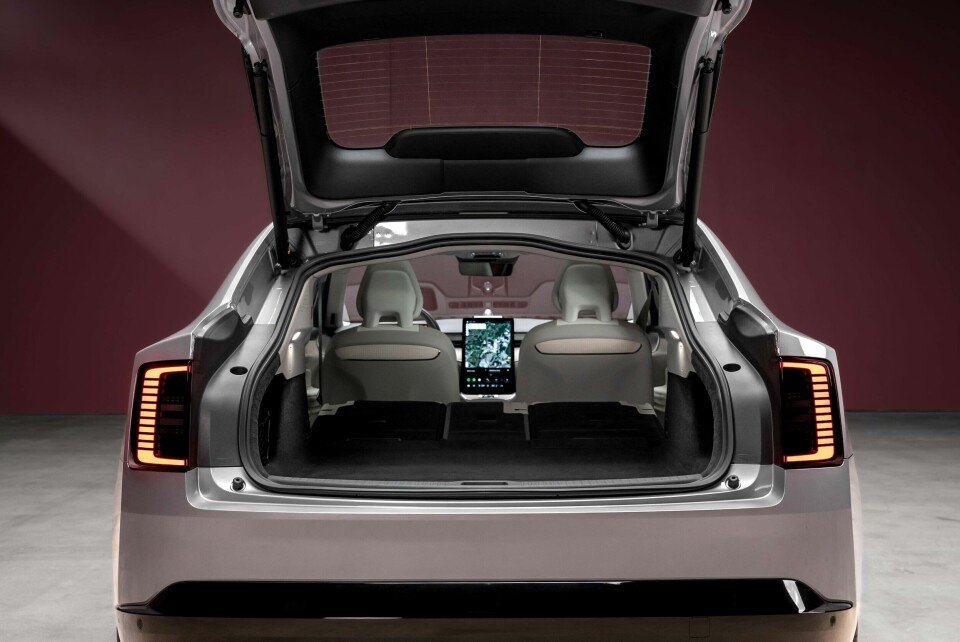
CDN: I’m sure this car was all but signed off before you arrived in late 2023, but the ‘taxi cab light-style’ LiDAR protrusion above the windscreen isn’t visually ideal. How do you see the integration of tech changing in future vehicles under your watch?
JO: The technology will become more compact and the next generation LiDAR you’ll have seen from Luminar is already the size of a modem, or not much bigger than a couple of mobile phones, so there is going to be more opportunity to hide it away. Essentially it has to operate at a very high function and be visible to the road. We didn’t want to add in more complexity in terms of electronics to hide that away, so we’ve been quite honest about it. And there is a long-trodden design adage, ‘if you can’t hide it, make a feature of it’. That’s exactly what we’ve done. You can’t get away from the fact this is the size of the LiDAR we want. And if we want our cars to be the safest on the road, then this is, certainly for the first generation, something we have to have.
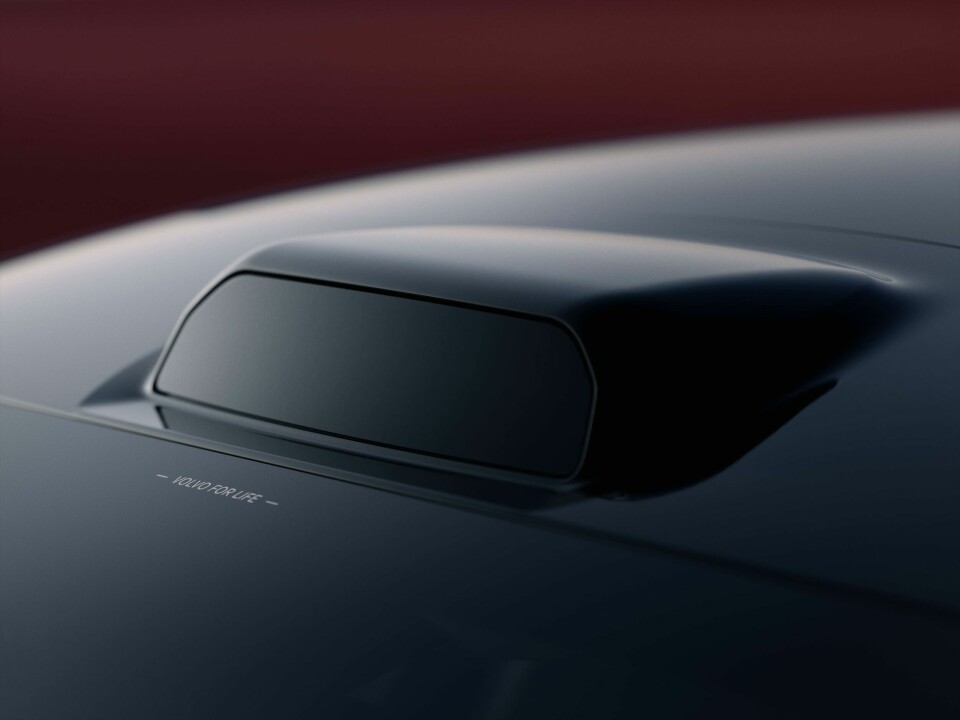
CDN: Was there a cost aspect to that decision as well, or was it literally the only one available?
JO: The ultra-wide band technology we use certainly has been pushed to the forefront by Luminar. There are other manufacturers that operate on different wavelengths, I think. It’s about ‘seeing’ things the human eye can’t see.
CDN: What do you hope to achieve with this shape of car?
JO: As somebody who’s come into this industry [from the outside] it does amaze me how everybody wants to categorise cars and find a box to fit them in. We’ve approached this from a very user-centred perspective. If you want to take elements of the practicality of an SUV and the adaptability of a crossover and the elegance of a sedan, so be it. Frankly that’s the best solution for this car. If it’s easier for ingress and egress to raise it up a bit, then that is a user experience decision we want to introduce to create a better vehicle.
CDN: Visually, how do you want Volvo to develop under your lead?
JO: One of the really key signifiers, which you see in the ES90 and you’ll see in future cars as well, is the idea of ‘machined from solid’. The idea that the car not only is safe but has this visual metaphor for safety. Ideas around rational simplicity, pure intersecting volumes and removing ‘visual noise’ are important for us. There are so many vehicles on the road that exhibit aggressive undertones, but Volvo has never been about that. The ES90 speaks to a quiet intelligence that Volvo really exemplifies.”
I am adamant that the hardware has got to be absolutely front-and-centre
CDN: So how does that ‘machined from solid’ idea manifest itself? Fewer shut-lines, no fake vents, those kinds of things?
JO: Yeah, it’s things like you see on the ‘carved’ detail on the rocker, rather than focusing on a lot of negative light catchers and fillets to tie features together, which adds to the visual complexity, so your eye doesn’t really quite know where to look. Taking more cues from industrial design where you have these clean intersecting volumes. It’s a bit more ‘parametric’ in its ethos but creating harmony and sculpture through simplicity, rather than overt styling.
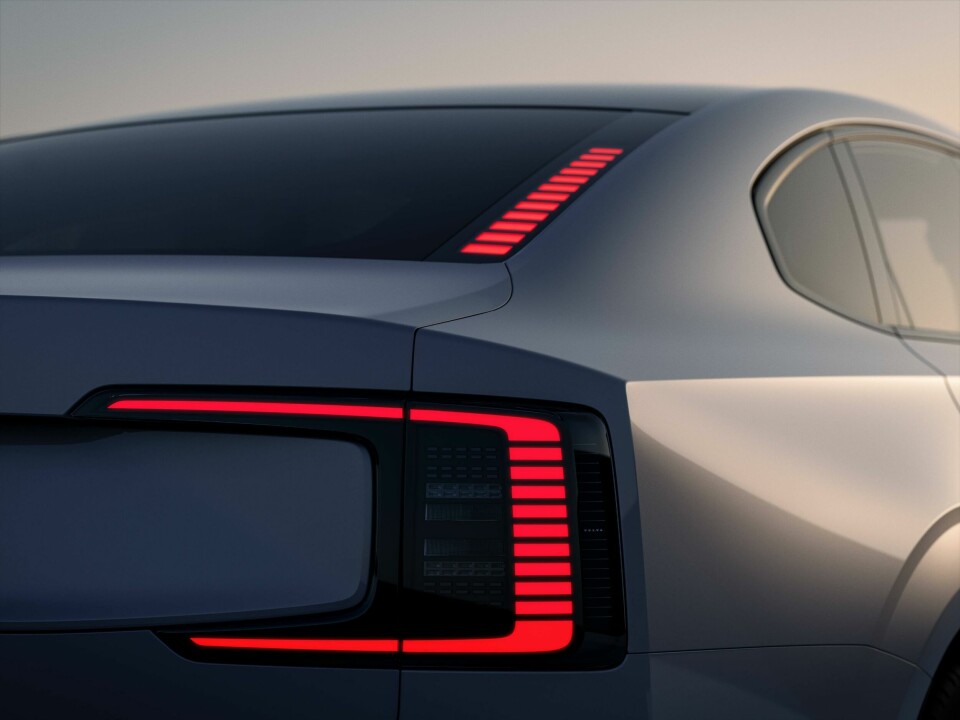
CDN: Do you still care about the hardware or are you just totally in love with the software?
JO: I am adamant that the hardware has got to be absolutely front-and-centre. If we want to create the most premium experience possible, then it is about really sweating the details of the hardware and the interface to the software, whether that’s buttons, dials, touchscreens, whatever. That’ll all start to settle down as this market and software-defined vehicle paradigm starts to mature. We’ll start to make new decisions as interfaces and particularly things like ‘voice’ become more prevalent and large language models come into play. We still want to create cars that have joy, those moments of delight when you’re driving.
CDN: Can you explain a bit more?
JO: A lot of it will come from things Volvo has been famous for, its Scandinavian design and heritage, the amount of [interior] light and space and the use of materials. And the honesty with which we use those materials, plus new experiences, like the sound system you’ve just heard. It isn’t all about 0-60 times, now everybody can do that [in EVs]. Most people want to drive in the quietest, most comfortable, safest and calmest environment.
As well as dialling in on some of the things that Volvo has been really known for, now we’ve got active safety, creating an environment for wellness and calm and mental safety as well – feeling safe. These things may not sound as glamorous as 0-60 times or going around the Nürburgring, but this is the reality that most people live in.














